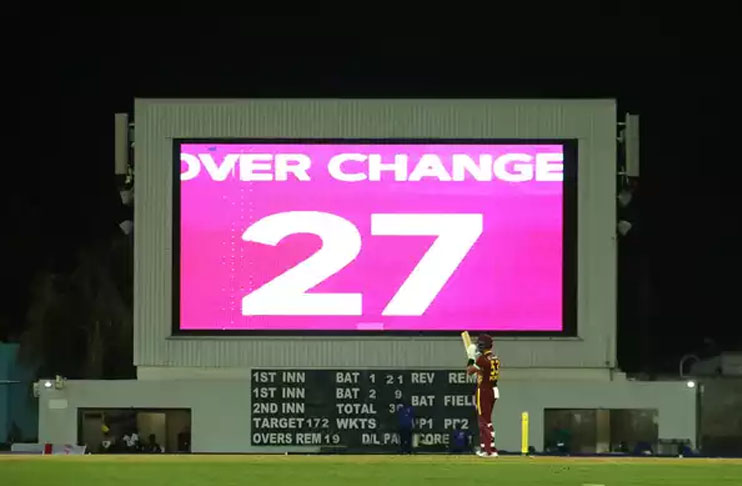Key insights
- Stop Clocks for Speed: ICC has decided to use stop clocks in all short cricket matches, starting from the 2024 ICC T20 World Cup.
- Successful Trial: Stop clocks were tested in a series between the West Indies and England and proved effective.
- Time Savings: ICC found that using stop clocks saved about 20 minutes per match, making games quicker.
- How to Stop Clocks Work: Teams must start a new over within 60 seconds of the last one ending, with warnings and penalties for delays.
- Exceptions: Some situations, like new players coming in or injuries, allow for longer intervals between overs.
- Conclusion: The permanent use of stop clocks promises faster and more exciting short cricket matches, enhancing the overall experience for players and fans alike.
The International Cricket Council (ICC) has decided to keep using stop clocks in all short cricket matches. This change starts with the next ICC T20 World Cup in 2024.
Trying Out Stop Clocks
They first tested stop clocks in a series between West Indies and England last year. It worked well, so now they’re using it for every short match.
Saving Time
The ICC found that using stop clocks saved about 20 minutes in each match. That’s a big deal for making games quicker and more exciting.
How Stop Clocks Work
Teams have to start a new over within 60 seconds of the last one ending. A big clock shows the time, and if they take too long, they get warned. If they keep breaking the rule, they lose points.
When It’s Okay to Take Longer
There are some times when it’s okay to take longer between overs. Like when a new player comes in, or if someone gets hurt. In those cases, they don’t have to rush.
Wrapping It Up
Having stop clocks in every short cricket match is a big change. It’ll make games faster and more fun to watch. So get ready for the next ICC T20 World Cup – it’s going to be quicker than ever!


